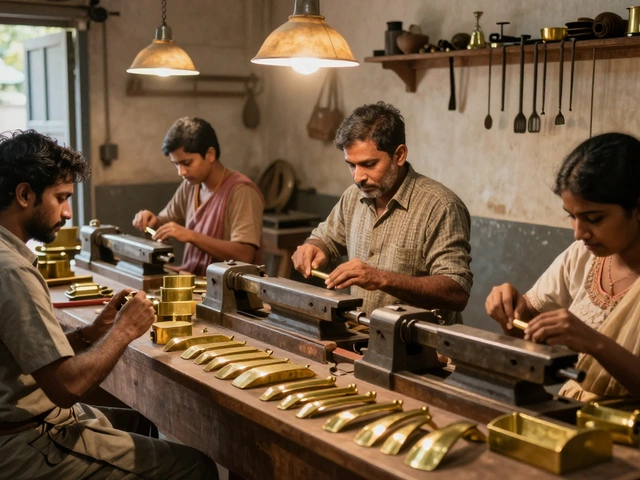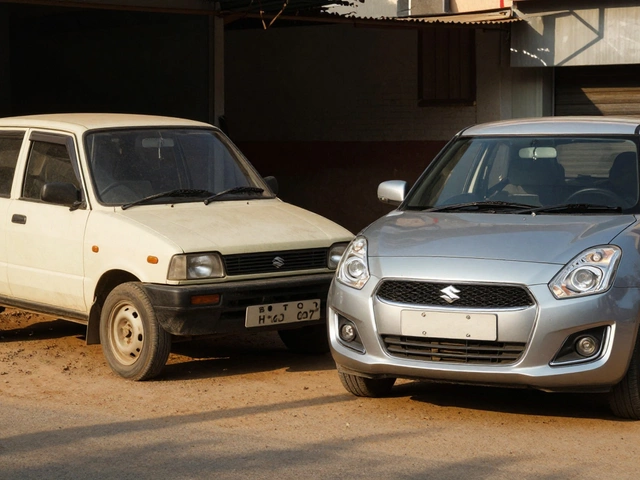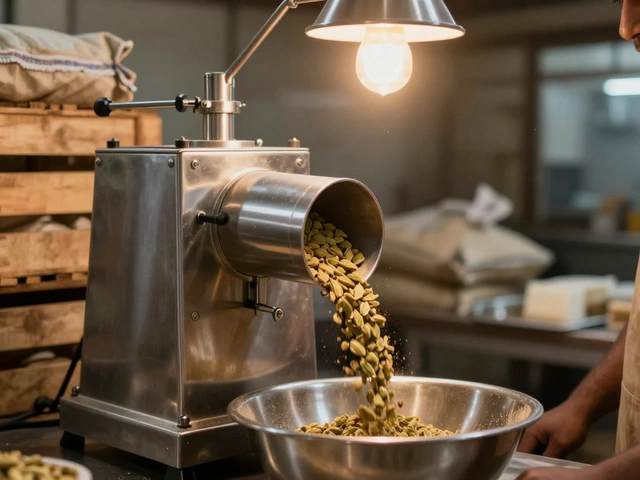Most Profitable Item to Flip in 2025 – Quick Wins for Makers
Ever walked through a market and thought, "I could sell that for double the price"? You’re not alone. Flipping – buying low and selling high – is a tried‑and‑true way to make money, especially when you target the right product. In 2025 the game has changed a bit: new tech, faster shipping, and shifting consumer tastes mean some items now yield far better margins than they did a few years ago.
Why the 70% Rule Matters
The 70% rule is simple: aim to buy an item at no more than 70% of the price you can sell it for. Stick to it and you protect yourself from overpaying. For example, if you can list a refurbished kitchen mixer for ₹15,000, your purchase price (including any repair or cleaning costs) should stay under ₹10,500. Hitting that sweet spot lets you cover fees, taxes, and still walk away with a healthy profit.
Top Items That Fit the Rule Right Now
1. Small‑scale furniture pieces – Think solid wood stools, vintage side tables, or compact study desks. People love home upgrades, and a quick sand‑and‑paint can raise a piece’s value by 40‑60%.
2. High‑demand electronics accessories – Wireless earbuds, phone cases, and smart‑home adapters are cheap to source, especially from clearance sales, yet they sell fast on platforms like Amazon and Flipkart.
3. Limited‑edition sneakers or streetwear – Drops from brands like Nike or Adidas often sell out in minutes. If you can snag a pair at retail and the hype pushes resale prices 2‑3×, the profit margin is massive.
4. DIY kits for hobbyists – Model airplane kits, 3D‑printing starter packs, or home‑brew coffee sets. The maker community is growing, and you can bundle parts to command a higher price.
5. Specialty food items – Regional snacks, organic spices, or ready‑to‑cook meal kits. Buying bulk from local producers and selling in metros can yield a 30‑50% markup.
Each of these categories meets three key criteria: low upfront cost, high resale demand, and the ability to add value with minimal effort. That’s the sweet spot for anyone wanting to flip without locking up big capital.
When you pick a product, start by checking recent sales on e‑commerce sites. Look for listings that consistently close within a week and note the average selling price. Then hunt for sources – clearance aisles, local auctions, or direct factory deals – that let you buy below the 70% threshold.
Don’t forget to factor in hidden costs: packaging, shipping, and platform fees. A quick spreadsheet can save you from nasty surprises. For instance, a ₹12,000 sale on an online marketplace might incur a 5% commission plus ₹500 shipping. Your true profit shrinks, so keep those numbers in mind before you commit.
Finally, build a small brand around your flips. A consistent photo style, clear product descriptions, and fast communication boost buyer trust. Repeat customers often become your best sales channel, especially for niche items like DIY kits or specialty foods.
Bottom line: the most profitable item to flip isn’t a single product, but a category that lets you apply the 70% rule, add simple value, and reach eager buyers quickly. Start small, track every cost, and scale the winners. Your next flip could be the first step toward a full‑time side hustle or even a thriving manufacturing‑backed business.
What Is the Most Profitable Item to Flip in 2025? Data-Backed Picks and a Simple Playbook
Looking for the most profitable item to flip in 2025? See data-backed categories, ROI ranges, sell-through rules, and a simple playbook to source, price, and sell.
Read More




